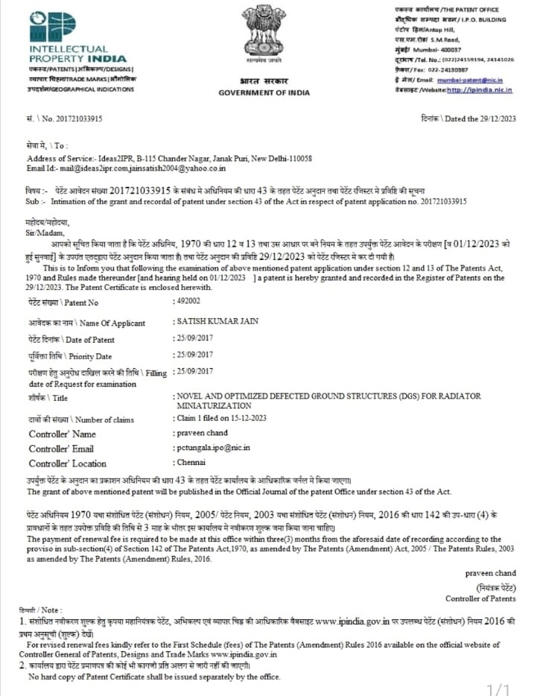Two inventors from L.V. Prasad Eye Institute (LVPEI) in Hyderabad have been granted an Australian patent for a cell therapy that can be used to repair damaged corneas from a variety of corneal diseases. However, the therapy needs more validation before it is used on patients.
The two inventors who were granted the patent are Sayan Basu and Vivek Singh. Dr. Basu is a corneal surgeon and a clinician-scientist at LVPEI. He is the Prof. D Balasubramanian Chair of Eye Research at the Brien Holden Eye Research Centre (BHERC); and the Director of the Centre for Ocular Regeneration (CORE) at LVPEI. Dr. Vivek Singh is a scientist at the Sudhakar and Sreekanth Ravi Stem Cell Biology Laboratory and Centre for Ocular Regeneration (CORE), LVPEI.
Clinical trials underway
“The patent is granted for the advanced cell compositions comprising limbal epithelial and stromal cells for treating and preventing corneal diseases, along with their production methods and therapeutic applications. The therapy was previously granted a patent by the Patent Office, Government of India , for a period of 20 years in accordance with the provisions of the Patents Act, 1970. Government of India approved clinical trials are also under way. It will need more validation before it is available for patient use,” as per a press release issued on Thursday (March 13, 2025).
What is a cornea?
Cornea is a dome-shaped, transparent outer layer of an eye which protects it from debris and more. It filters ultraviolet light.
How do corneas get scarred?
Corneal scarring happens when the cornea is damaged and turns opaque due to infection or accidents. Corneal blindness is a major cause of blindness and vision impairment, especially in low- and middle-income countries.
Current and potential treatments:
Most forms of corneal blindness currently require corneal transplants, which are complex and require lifelong management. This patented composition has the potential to offer a viable alternative to transplants that uses either the person’s own, or donor corneal stem cells to repopulate the corneal surface with healthy, clear cells, as per the press release.
Dr. Sayan Basu said, “If the clinical trials are successful, this cell-based therapy could revolutionise the treatment of various corneal pathologies.”
source/content: thehindu.com (headline edited)
